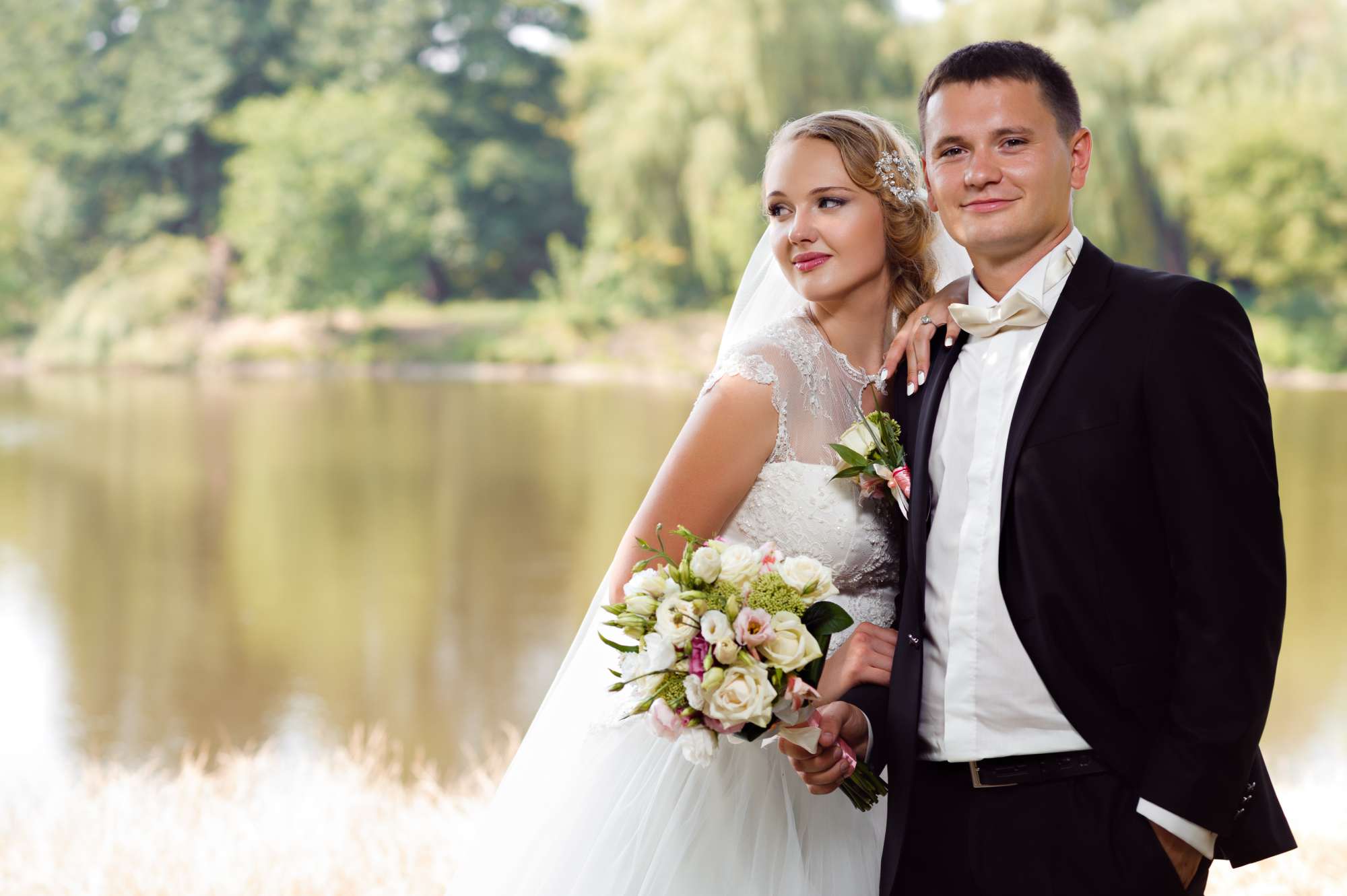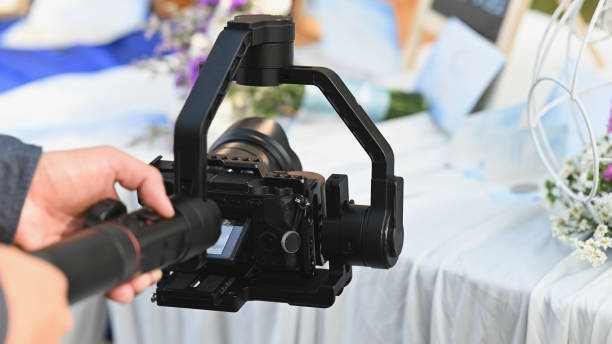As the wedding industry evolves, so do the creative techniques used to capture those once-in-a-lifetime moments. In 2025, the world of wedding videography is undergoing a transformative shift fueled by advancements in technology, social media influence, and heightened client expectations. To stay ahead in this dynamic industry, videographers must embrace innovation, refine their storytelling techniques, and adopt cutting-edge tools.
Whether you're an independent wedding videographer or part of a production house, keeping up with the wedding video editing trends 2025 is essential to remain competitive and relevant. From modern editing styles to AI integration, this blog will explore the emerging trends, tools, and techniques shaping the future of wedding video editing.
The Shift Toward Modern Editing Styles
Modern wedding videos no longer rely solely on traditional linear cuts or slow fades. In 2025, modern editing styles are characterized by dynamic pacing, quick cuts, and innovative transitions that create a cinematic and immersive experience. These editing choices reflect broader aesthetic trends in filmmaking, influenced by platforms like YouTube, TikTok, and Netflix.
Modern wedding editors are also leaning toward a hybrid editing approach, blending documentary realism with stylized drama. This shift emphasizes authenticity, allowing raw emotions and candid moments to take center stage.
Outsourcing post-production to specialized providers like NoBackLog helps editors maintain this modern style while streamlining workflows, ensuring quality consistency, and saving hours of time on each project.
Storytelling Approaches That Resonate
Weddings are not just events—they're stories of love, unity, and celebration. Today’s couples expect their wedding videos to reflect their unique journey, which is why storytelling approaches are gaining momentum in editing styles. Editors are now scripting the narrative arc of a wedding video with purpose—beginning with pre-wedding moments, building emotional depth during the ceremony, and climaxing at the reception celebration.
Voiceovers, personal vows, toasts, and even behind-the-scenes interviews are being creatively integrated to support storytelling, allowing viewers to emotionally invest in the couple’s experience.
Narrative-driven editing also improves viewer retention, making it ideal for social media sharing and long-form content formats.
Cinematic Techniques Elevating Wedding Films
Borrowing heavily from cinema, cinematic techniques continue to elevate wedding videography in 2025. Techniques such as:
- Slow motion to dramatize key moments
- Time lapses to show transitions (e.g., sunrise to ceremony)
- Rack focus and shallow depth of field for emotional emphasis
- Wide-angle drone shots for grandeur
These visual techniques bring sophistication to wedding videos, turning them into mini-films rather than traditional highlight reels. Editors must carefully select these techniques during the post-production stage to enhance rather than distract from the narrative.
The Rise of Vertical Videos
As social platforms like Instagram Reels and TikTok dominate, vertical videos are no longer optional—they're a necessity. In 2025, wedding videographers are shooting with social-first formats in mind, offering clients vertical cuts specifically for online sharing.
Delivering multiple versions (horizontal cinematic cut + vertical teaser or story) not only caters to varied viewing habits but also adds value to your service offering. Editors who can master aspect ratio adaptation without compromising quality will stand out in this highly visual marketplace.
For inspiration on how vertical formats are creatively used in wedding content, check out NoBackLog’s Instagram presence, where dynamic reels showcase the latest post-production possibilities.
Music Selection: From Background to Emotional Anchor
Music selection in 2025 is no longer a background choice—it's central to storytelling. Custom scoring, curated soundtracks, and licensed indie tracks are increasingly used to define mood, transition scenes, and synchronize with visual pacing.
AI tools are also emerging that can suggest music based on footage emotion and tempo, helping editors match soundtracks to visuals more effectively.
Ultimately, your music choices can amplify laughter, build tension, or provoke tears. Modern editors are treating music selection as seriously as color grading or storytelling.
Evolving Color Grading Trends
Color grading trends in wedding video editing are shifting toward natural and moody palettes. Gone are the days of over-saturation and heavy filters. In 2025, editors aim for timelessness with subtle tones, soft highlights, and cinematic contrast.
Key grading styles include:
- Filmic matte finish
- Warm sunset tones
- Pastel overlays for romantic feel
- Clean whites and minimal shadows for modern look
With high-resolution footage from 4K cameras and drones, editors must ensure their grading enhances rather than flattens or overwhelms the original visual quality.
Drone Footage Integration for Dynamic Visuals
Drone footage integration remains a major asset in 2025 wedding videography. From aerial venue reveals to sweeping couple portraits, drones add an element of drama and scale that cannot be captured from ground level.
However, raw drone footage requires precision editing to ensure it flows with the rest of the video. Matching lighting, color grading, and transitions helps drone clips feel like part of a cohesive story.
Many editors use drone footage to open the video or as interludes to shift between ceremony and reception scenes. The right edit can turn even a basic venue into a cinematic masterpiece.
AI in Editing: Smarter, Faster, Consistent
AI in editing is revolutionizing wedding video production in 2025. Machine learning tools are being used to:
- Auto-tag scenes and people
- Suggest highlight moments based on smiles and movement
- Auto-cut footage into logical sequences
- Sync music to visual pacing
While human creativity remains irreplaceable, AI improves efficiency and minimizes repetitive tasks, allowing editors to focus on storytelling and aesthetics.
Platforms that embrace AI-assisted workflows—like NoBackLog on LinkedIn—demonstrate how technology can elevate post-production quality and turnaround time for wedding creatives.
Formatting for Social Media Platforms
Weddings today are not just filmed for keepsake—they’re edited for social media formats too. Instagram Stories, TikTok Reels, YouTube Shorts, and Facebook Memories each have unique dimensions, duration limits, and viewer behavior.
Wedding editors are creating micro-content: 15–60 second highlight clips, teaser trailers, vow snippets, and even blooper reels for client sharing.
Including social-ready clips in your deliverables boosts your client’s ability to share—and your brand visibility in return.
Meeting Client Preferences in a Modern Era
Modern couples are more hands-on and informed. They often come with reference videos, preferred songs, or editing requests. Understanding and adapting to client preferences is a vital trend in 2025.
Client-first editing involves:
- Offering customizable style templates
- Sharing editing drafts for feedback
- Allowing shot selection input
Providing flexibility while maintaining your creative direction is key. Clear communication and client education go a long way in aligning expectations and delivering satisfaction.
Embracing Industry Innovations
From editing software advancements to new gear integrations, industry innovations are rapidly changing the way wedding videos are produced.
Key innovations impacting editing include:
- Cloud-based collaboration for remote teams
- AI transcription and captioning tools
- Real-time editing previews
- Virtual reality wedding highlights
Staying ahead of these trends is essential to offering value-added services that stand out. Partnering with editing support teams who invest in innovation can help editors stay focused on creativity while scaling their business.
Final Thoughts
The wedding video editing trends 2025 are defined by a fusion of artistry, technology, and audience engagement. From modern editing styles to AI-powered workflows, staying current is not optional—it’s essential for survival and growth in a highly competitive industry.
By investing in tools, techniques, and partnerships that support innovation, editors can offer clients a premium experience while reducing burnout and increasing creative fulfillment.
If you’re looking to scale your editing services or outsource your wedding post-production without compromising your unique style, consider partnering with professionals who understand your vision. Explore custom video editing services with NoBackLog to maintain your signature touch while growing your business.
Frequently Asked Questions
Q1. What is the biggest trend in wedding video editing for 2025?
The biggest trend is the integration of AI tools to speed up editing processes while maintaining quality, alongside cinematic storytelling styles and vertical social-ready videos.
Q2. How important is storytelling in wedding video editing today?
Incredibly important. Storytelling turns raw footage into a meaningful narrative that resonates emotionally with the couple and their audience.
Q3. Should I deliver vertical videos to clients?
Yes. Offering vertical formats optimized for social media is increasingly expected by clients and boosts your service value.
Q4. What role does music play in modern wedding videos?
Music acts as an emotional backbone. Editors are now using licensed tracks and scoring techniques to align visuals with emotions and scene transitions.
Q5. Is outsourcing wedding video editing a good option?
Absolutely. Outsourcing to specialized services like NoBackLog allows you to focus on client relationships and creative work while ensuring fast, consistent, high-quality edits.



